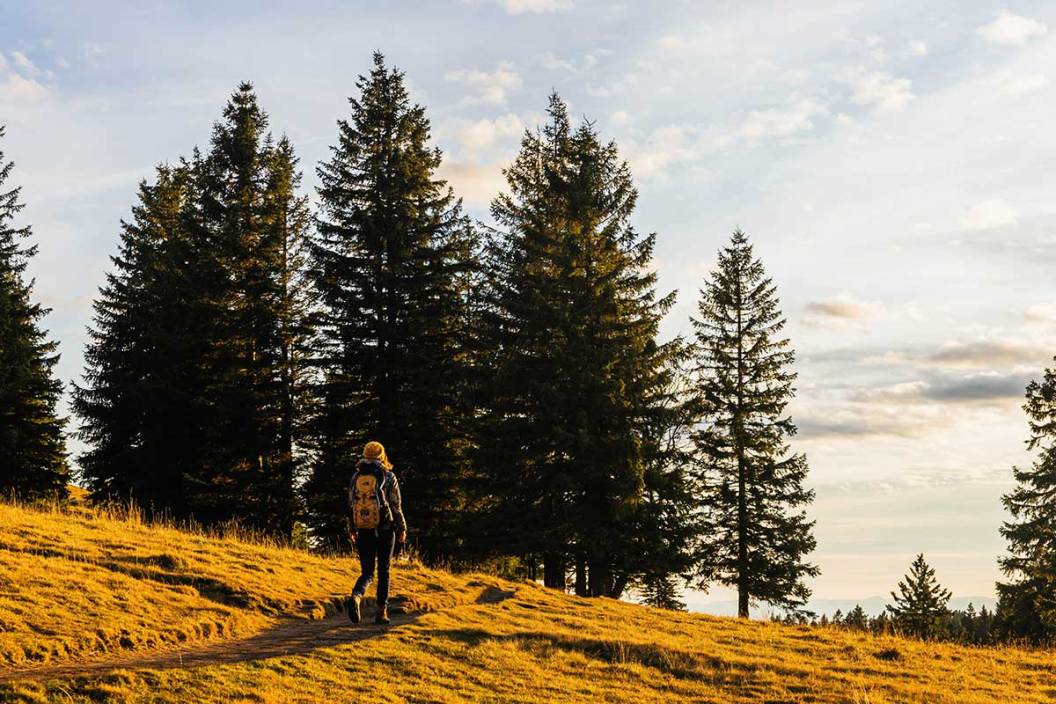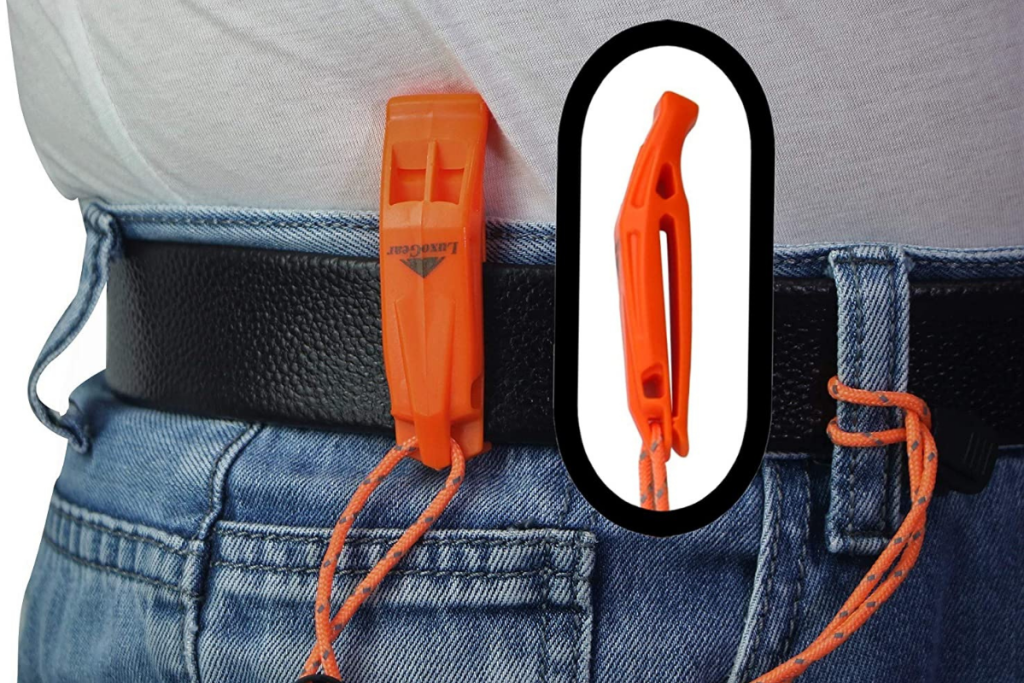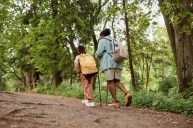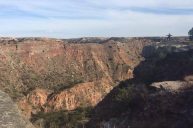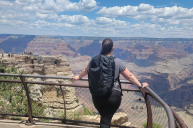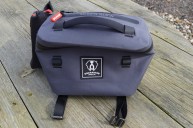Hiking is a lot of fun but it can quickly turn sour if the unexpected meets the unprepared. Females are perfectly capable of taking care of themselves and enabling their own fun in the outdoors, but there are also some things they'll want to highly consider bringing along on any and every hike they ever take. It isn't a whole lot different from a list we'd recommend for any hiker, but women deserve to feel prepared and ready for anything. The bottom line is that everyone should have a safe experience in the outdoors, and it is important to go through the proper process to equip yourself with the things you need to reach that point. Bringing these items along is one element of preparation that can help a female hiker avert tragedy if the unexpected happens.
1. Warm clothing
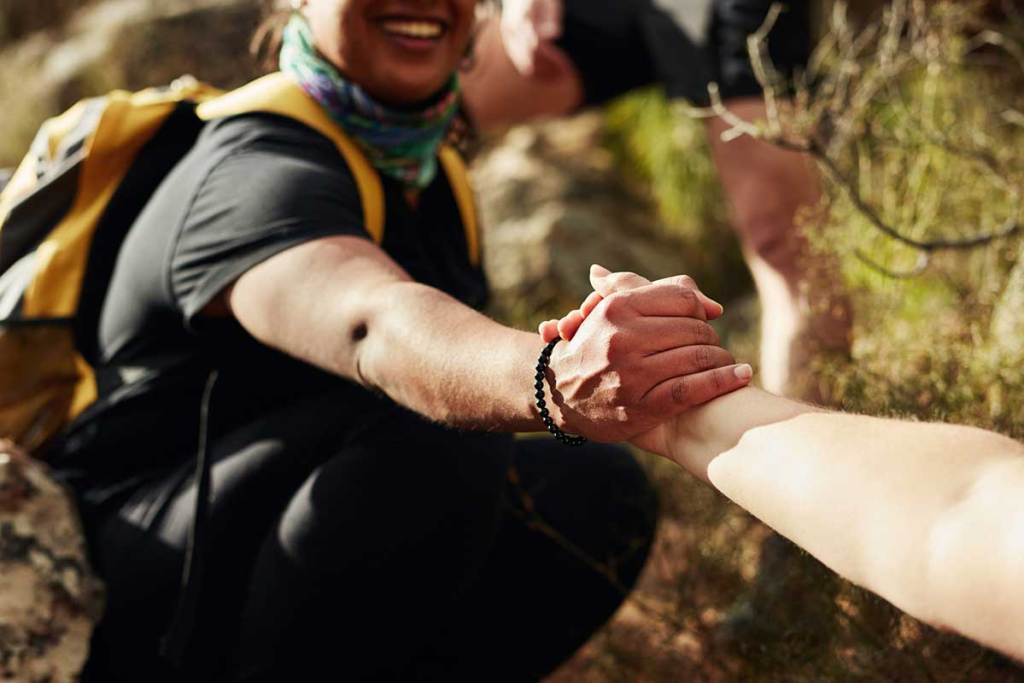
LumiNola/Getty
The mountains are cooler than flat terrain, plus weather is unpredictable. Just because the sun is shining and there's no hint of rain doesn't mean the temp won't drop and it won't start pouring an hour into a hike. Bring an extra set of clothing just in case you get stuck in a surprise storm or your clothing gets drenched in some other way. It can also serve as an extra layer if you somehow get stranded and have to spend the night outside.
2. Extra food and water
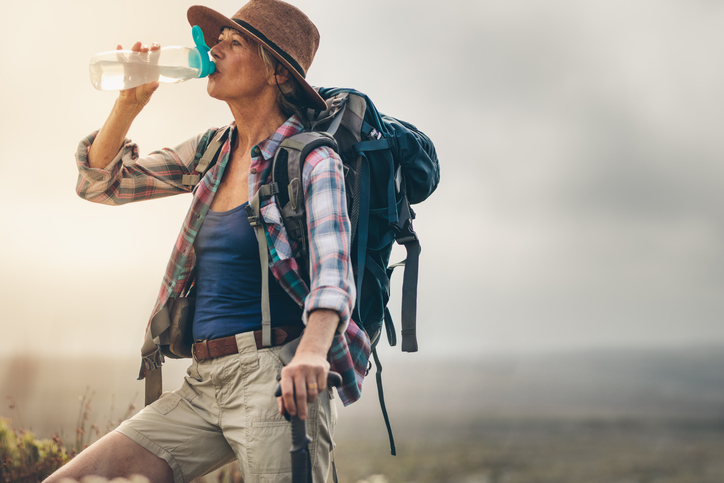
jacoblund/Getty
Hikers should always carry food for the expected amount of time they will be out, plus more. Pack an extra day's worth of snacks and meals, and choose food that is lightweight and full of nutrition. You should also be prepared to carry water, which can get heavy. If you are hiking in a place with natural water source, bring water purifying tablets or a purifying water bottle instead. This will cut down on your pack weight. If a water source is unsure or unknown, always pack in water. Dehydration can kill you.
3. Flashlight
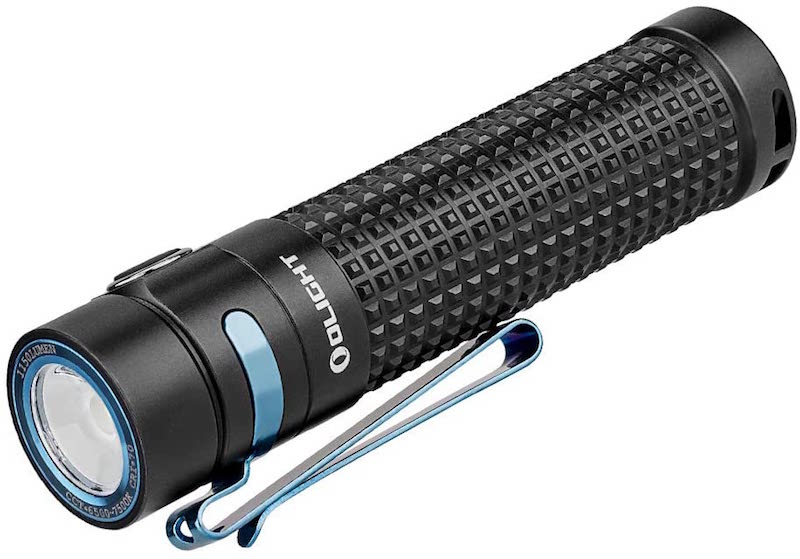
Amazon
It is important to carry either a flashlight or a headlamp while hiking. Even if the plan is to return before nightfall, things happen and you could end up in the dark. The complete blackness of the wilderness at night can be disorienting. You need some kind of a light source. Headlamps are nice because they free up your hands and can be useful while trying to do things in the dark, such as start a fire or prepare a meal.
4. Fire starters
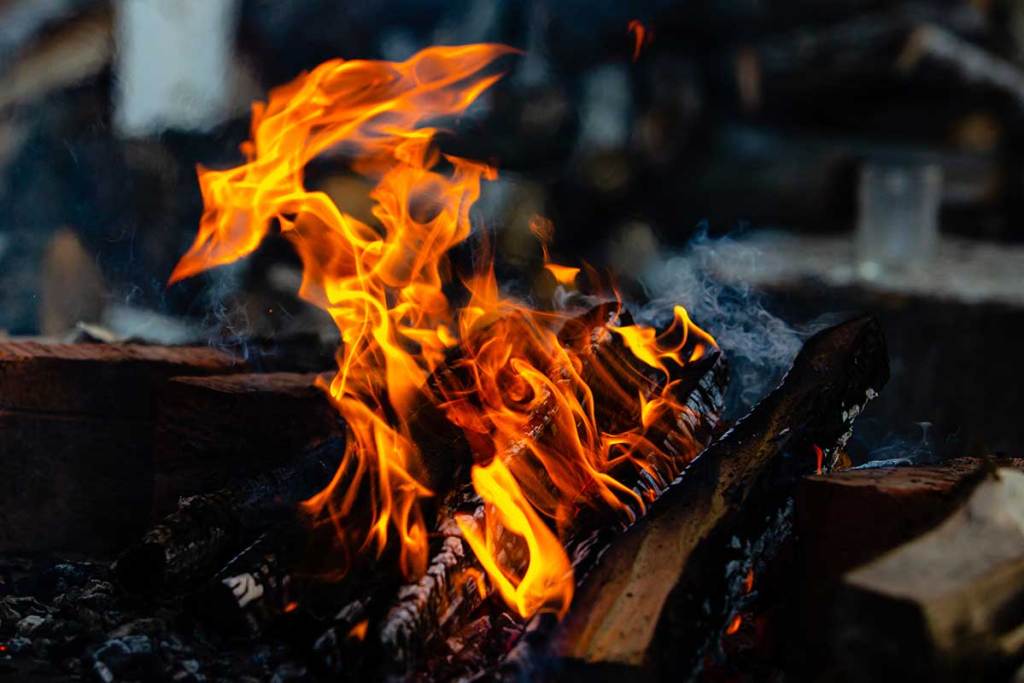
Nikolai Mentuk/Getty
On the same notion, just like having a light source is important, having a means to start a fire is just as important. A fire can be used as a heat source, to cook food, to signal your location, or for other purposes. Unless you plan on kicking it really old school and rubbing two sticks together (good luck), pack some matches, a lighter, and some simple fire starters such as lint bundles or paper. Store bought fire starters work just fine too.
5. First aid kit
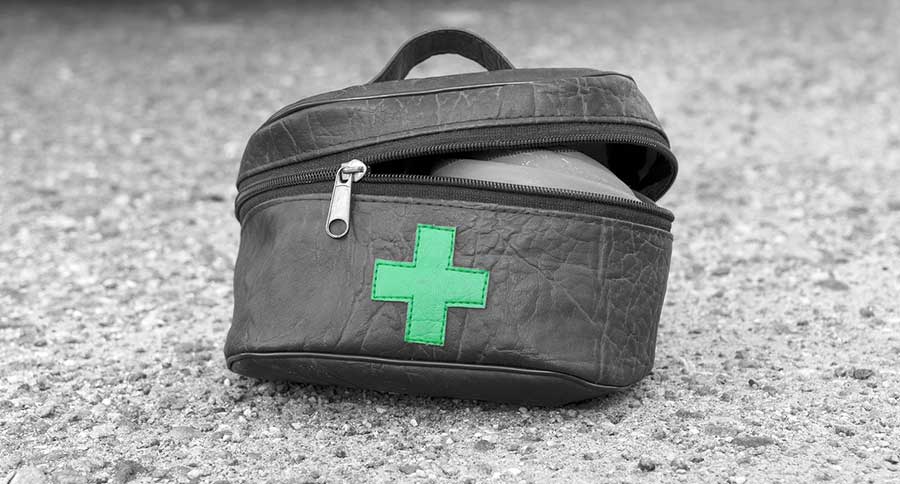
No hiker plans on getting hurt, but it does happen. Many cuts, burns, insect stings, illnesses, and injuries can be treated by items in a first aid kit. Buy a prepackaged one or assemble your own based on your needs. This is one of those "no excuses" type of hiking accessories. If you don't bring one, you're asking for it.
6. Whistle
A whistle serves two purposes in a hiking pack - wildlife deterrent and attract help. Some wildlife experts believe that the high pitch of the whistle deters wild animals from attacking, especially when used in conjunction with human voice. In addition, the whistle noise carries farther than the human voice and is a universal symbol for summoning help. If you get lost, this can help others find you. Keep it around your neck for easy access in case of injury or disorientation.
6. Pocketknife
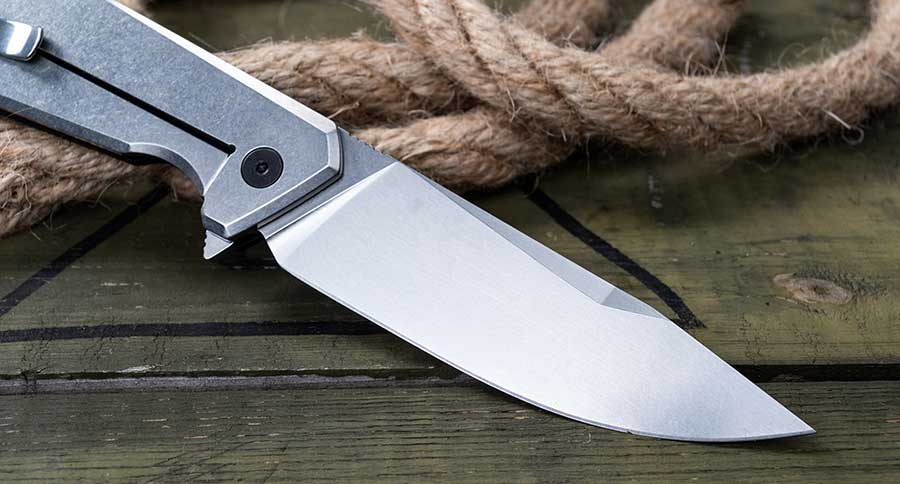
A knife is a non-negotiable essential on any hike. It can be used for a variety of purposes, such as slicing food, cutting materials, first aid, self-defense if needed, and more. Be sure to bring one that is lightweight and practical for the trip.
7. Pencil sharpener
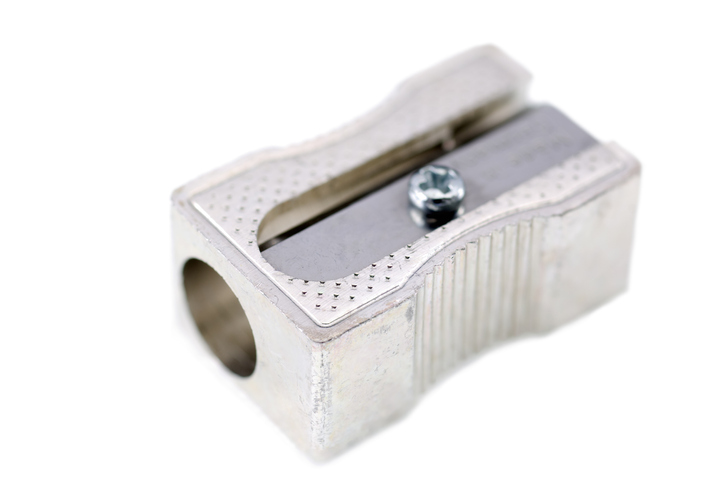
stockcam/Getty
This handy-dandy little classroom accessory is actually incredibly useful in the outdoors. It can sharpen the ends of sticks into sharp points. It also creates shavings that can be used for fire starting. They are extremely small and lightweight, so you can toss one in your pack and pull it out when you need it.
8. Map

A map is not much use if you do not know how to use it. While there are devices and applications now that serve as a quasi-replacement for map skills, technology fails. If a hiker if relying solely on technology to navigate through unfamiliar lands, they will be completely lost if it crashes. Before embarking on hikes, take the time to learn how to read a map. It can seem complicated at first; there are a lot of symbols and rules. But having this skill could be a lifesaver.
9. Compass
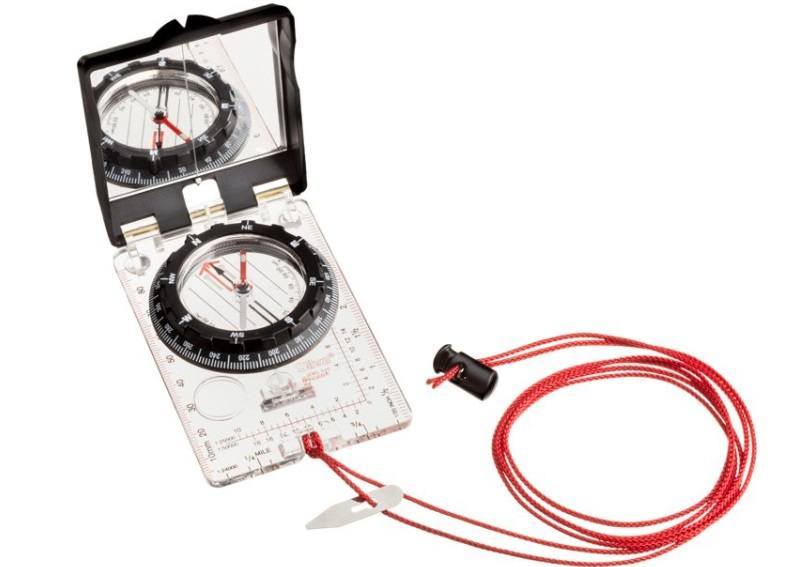
Just like a map, a compass does not do any good without knowing how it functions. The compass and the map work together because the compass helps orient the map, but even without the map, a compass can be useful. It can orient you to your location and that helps get you back on track.
